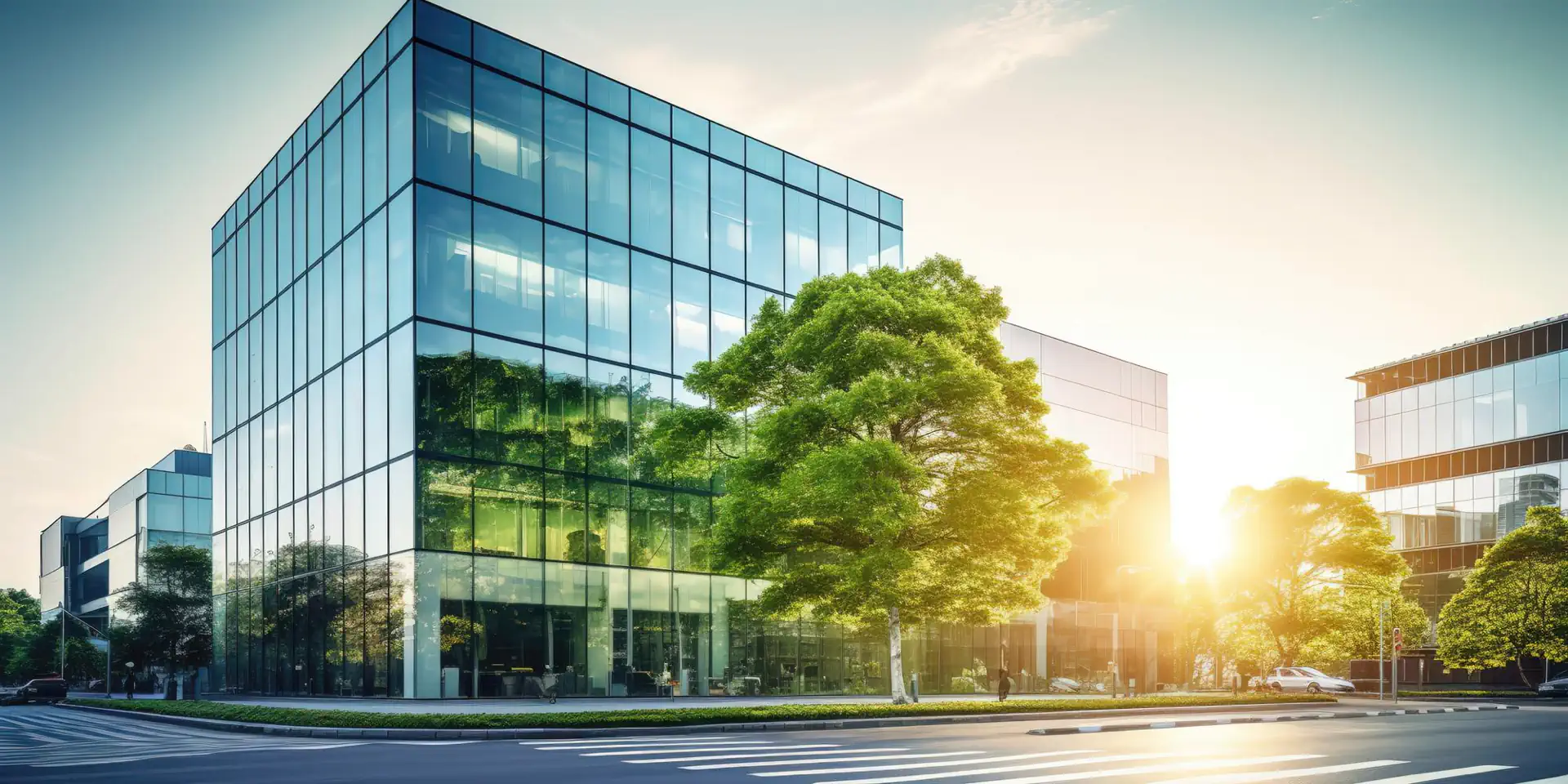For the German Sustainable Building Council (DGNB), sustainability is far more than just a buzzword. It stands for the obligation of society as a whole to take responsibility for current challenges such as climate change and the scarcity of resources. In this context, sustainable building is a key strategy for making a decisive contribution to solving these problems. According to the Federal Ministry for the Environment, around a third of resource consumption in Germany is attributable to buildings, and this is also reflected in similar statistics for waste generation and CO2 emissions.
The DGNB expands the familiar three-pillar model of sustainability (ecology, economy and user comfort) to include additional aspects such as functional aspects, technology, processes and location in order to ensure holistic planning and implementation of sustainable buildings and urban districts. The DGNB has developed a comprehensive certification system to measure and assess the quality of sustainable construction. This system comprises around 40 sustainability criteria, which form the basis for the assessment of buildings and districts and are constantly adapted to national and international standards and legislation.
A central aspect of the DGNB system is the consideration of life cycle costs and the convertibility of a building as well as user comfort. This involves acoustic, thermal and visual comfort as well as indoor air quality and accessibility. The ease of dismantling and recycling, the possibility of reusing building materials after a building has been demolished and quality assurance during construction are also important criteria in the assessment process.
The spectrum of sustainability considerations in the construction sector is broad and detailed, which makes optimizing the quality of a building or urban district a complex but rewarding task. With this blog, the DGNB aims to make the advantages of sustainable construction methods transparent and to present and scrutinize current topics and trends in the field of sustainable construction. By pooling knowledge and best practices, the DGNB aims to steer the construction industry in a more sustainable and responsible direction to protect and support both current and future generations.
Read the original article on: Sustainable building
